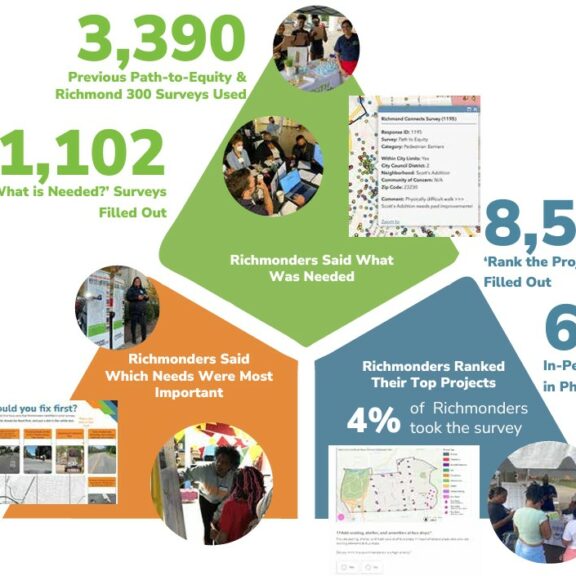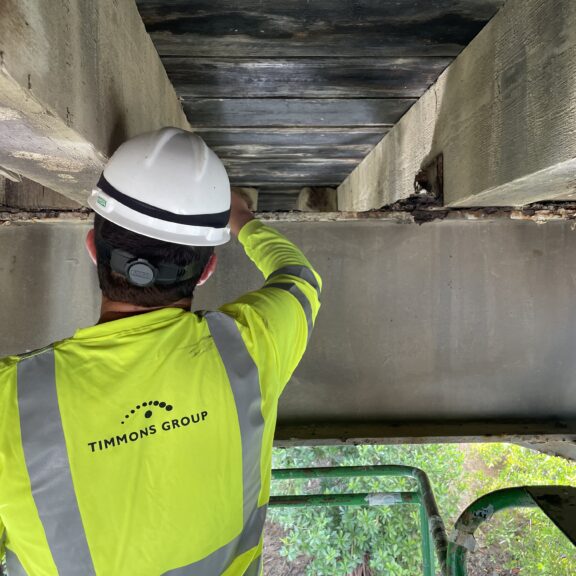Automated Traffic Signal Performance Measures (ATSPMs) is a technology being promoted by the Federal Highway Administration (FHWA) as a preferred method for identifying signal operational deficiencies, improving roadway capacity and managing signal timings. With more than 330,000 traffic signals operating in the United States, most state and local transportation agencies will retime the signals on a three to five-year cycle to optimize intersection operations. Not only does improved traffic signal operations help to enhance safety and reduce traffic congestion, but optimized signal timings help to save fuel and lower emissions by allowing vehicles to travel through a corridor with minimum delay and less stops.
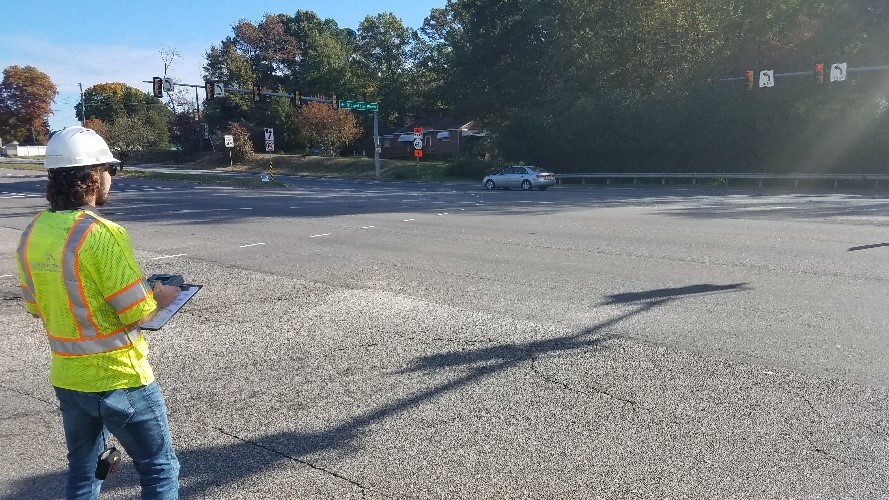
Engineer collecting vehicle turning movement counts at a signalized intersection
Traditionally, a signal retiming project includes the traffic engineer visiting each intersection to inventory the existing signal infrastructure, observe and identify any operational or equipment deficiencies and manually count the number of vehicles, bikes and pedestrians that pass through the intersection during a normal weekday. A software modeling program is then used to process the sampled data, simulate signal performance and calculate new signal timings.
After repairing any equipment deficiencies and implementing the new timings, the engineer will revisit the intersection to observe the signal operations and fine-tune the timing adjustments. When retiming a group of coordinated signals, several before and after travel-time studies through the corridor are conducted during different times of the day to measure the effectiveness of the new timings. The time, resources and expense required to perform these tasks are barriers for transportation agencies to retime and manage traffic signals efficiently and more frequently than once every three to five-years.
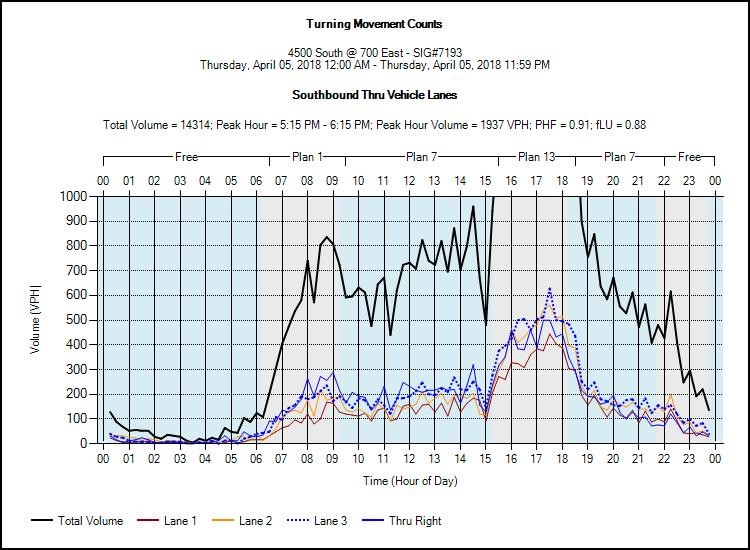
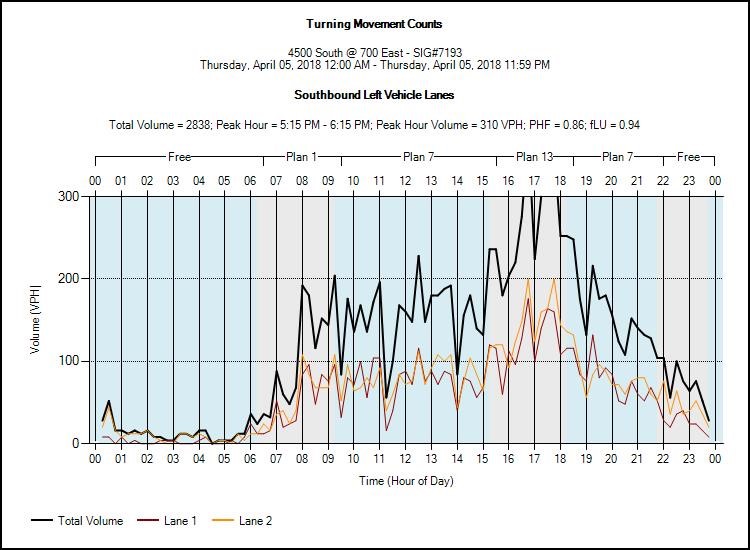
Vehicle turning movement counts with ATSPM
Today, the engineer is no longer limited to using expensive sampled data to model signal performance and calculate new signal timings. ATSPMs consists of techniques for analysis of actual traffic data being collected and measured by sensors and a traffic signal controller with high-resolution (tenth-of-a-second) data logging capability. ATSPMs provide, among other functions, continuous monitoring of vehicles, bikes and pedestrians entering the intersection and will report real-time and historical data of vehicle delay, volume, speed, and travel time. This technology allows an agency to evaluate existing signal infrastructure on a regular basis and to proactively manage the maintenance of signal assets instead of relying on citizen complaints to reactively address signal equipment deficiencies.
ATSPMs can be applied to intersections using existing infrastructure and will support other emerging technologies such as SPaT data broadcasting, future V2I applications and connected vehicle applications.
It’s all about safer roadways.
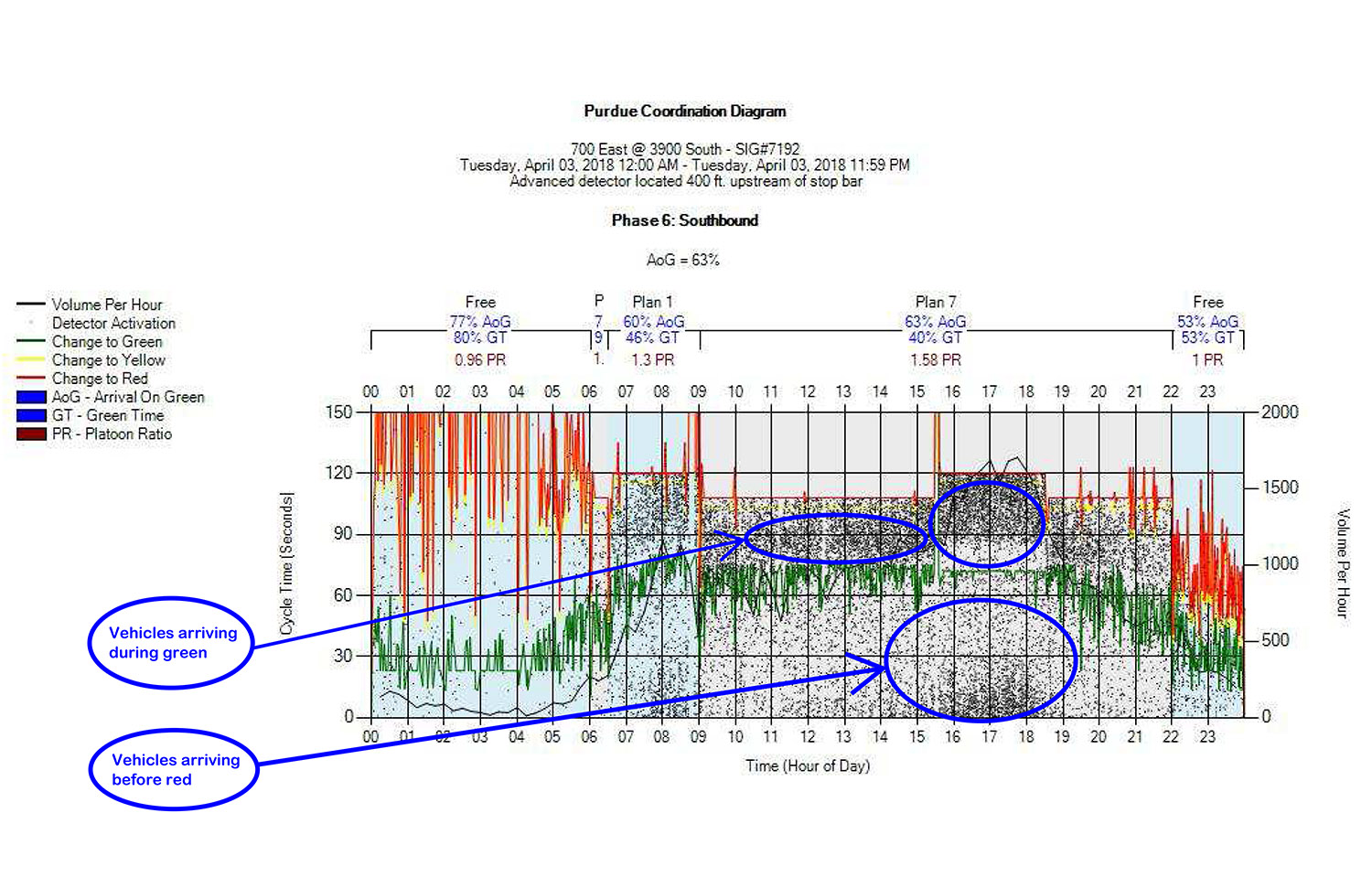
ATSPM Purdue Coordination Diagram for measuring progression quality


